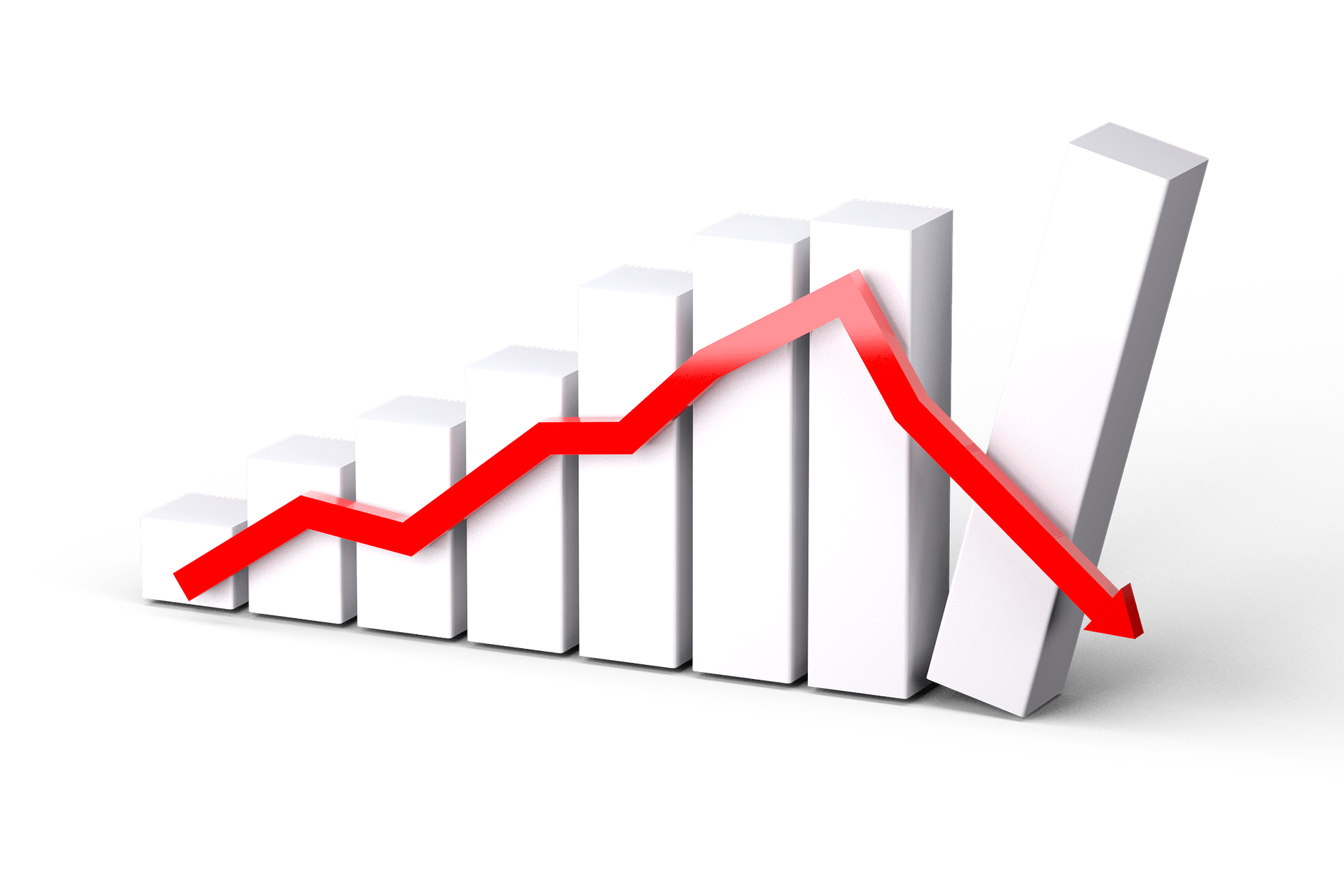
The 1970’s
Several weeks back I had lunch with a colleague who, like me, had started in the brokerage business in the 1970s. At one point he referred to himself as a “customer’s man”. It was a term used to describe a registered representative that I had not heard in years. It evoked a way of doing business that has largely been lost.
At that time, commissions and costs were fixed across the industry. Today, we see these costs as an impediment to our ability to maximize investment returns. We have lost sight of the value that a good customer’s man brought to the process.
A good customer’s man got to know you.
The brokerage firms encouraged every customer’s man to get to know every one of his customers and to get to know them well. You would meet in person to share lunch, drinks, dinner or to play squash, tennis or golf. Over time and many conversations you would get to know quite a bit about each others’ lives and families. Your customer’s man would become one of your trusted advisers.
A good customer’s man was a good stock picker.
Customers’ men were always on the look-out for the next stock that was about to make a move. They were selling their ability to pick stocks and to buy them for you at the right price.
Your customer’s man would always tell you which stocks he was following and why he was following them. He would call to tell you when the price had dipped and to recommend that you give him an order to buy a few hundred shares for you. You would not hesitate.
A good customer’s man made money for you.
Customer’s men were judged by how much the stocks that they recommended went up. It was a simple metric that everyone understood. Very few built their book of customers by advertising or seminars. The best built their books by word of mouth. They asked existing customers for referrals. Customers who made money following their broker’s recommendations gave the best referrals.
From the 1970s forward if the firms wanted more customers, it meant having more brokers with bigger and bigger books of customer accounts. The big action was moving established producers around from firm to firm. Front-end bonuses for really big producers became really big. Just about every broker wanted to be a bigger producer.
That attitude was good for the firms and they encouraged it. Brokers became almost exclusively focused on bringing in more customers. No longer were they judged for the stocks that they picked or how much money their customers made. Producers were now judged on how many “assets under management” they have.
The actual management and investing of the customers’ funds was increasingly handled elsewhere. Enticing new customers meant selling the investing and management skills of others.
The 1987 Crash
This was logical as so many of the customers’ men had not seen the 1987 crash coming. If they had, logic suggested that they would have pulled their customers out before it happened.

It was time to let the experts manage your investments. Customers were sold many different kinds of managed funds, annuities and other “packaged” financial products. All of these products were expensive from the customers’ standpoint. The firms had built in significant underwriting costs and management fees.
Many of these fund managers drank from the Kool-aid that said that price/earnings ratios of 50 or more were sustainable and likely to go higher. Individual brokers who questioned the wisdom of the high paid fund managers and research analysts were brought into line or shown the door.
When the tech market inevitably crashed, many in the industry argued that “no one had seen it coming.” They said the same when the market crashed again in 2008. It was a phrase that was repeated so often that people started to believe it.
It re-enforced the idea that the average financial adviser can do no better than average. Everyone just started buying the index, certain that no human being who actually works in the markets every day could actually have awareness of what was going on or to help customers profit from it.
The index was much cheaper than a human adviser in any event. Lower costs were more efficient and would increase returns, provided, of course, the market goes up.
A good customer’s man always put the interests of his customers first. It was an era when almost every business adhered to the idea that “the customer was always right.” When is the last time that you heard that phrase or saw it posted in a business or an office?
Today, the industry staunchly opposes any regulation that would require individual brokers to put their customers’ interests first. That should tell you everything that you need to know about the financial services industry today.
The individual registered representative, the back-bone and the public face of the brokerage industry will likely not survive another generation. Their jobs are already foolishly being replaced by computer driven robo-advisers.
The industry will survive and prosper without the customer’s men. It is already oblivious to what it has lost.
If you’d like to discuss this or anything related, then please contact me directly HERE
Or you can book a time to talk with me HERE